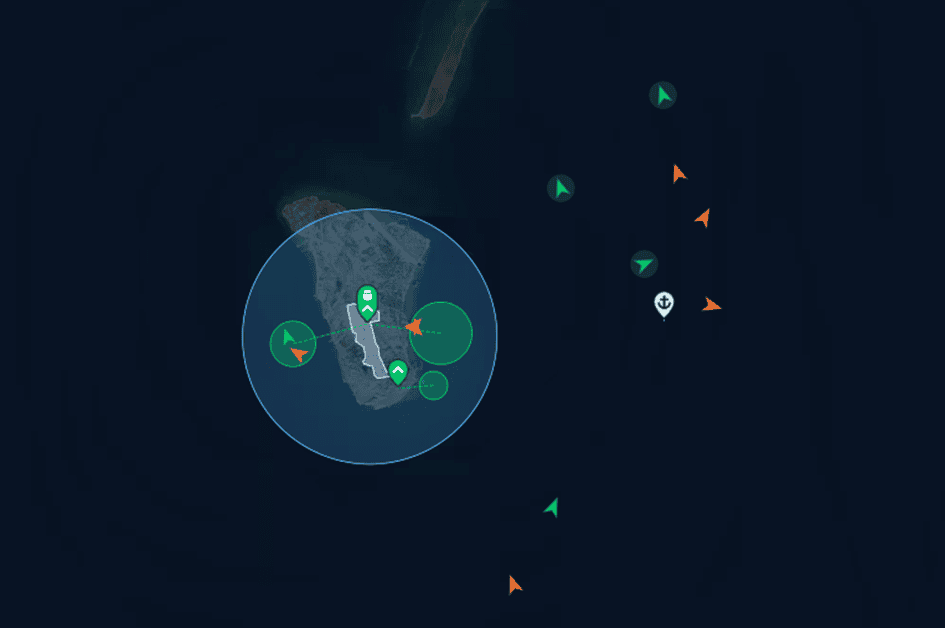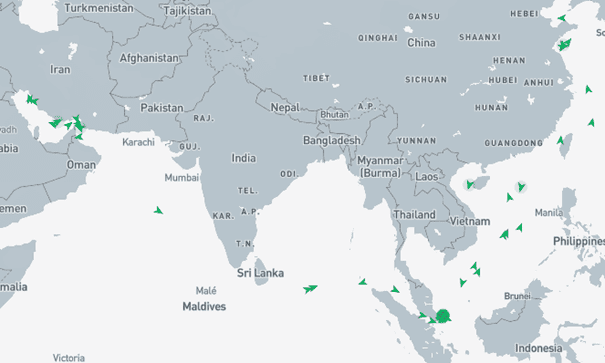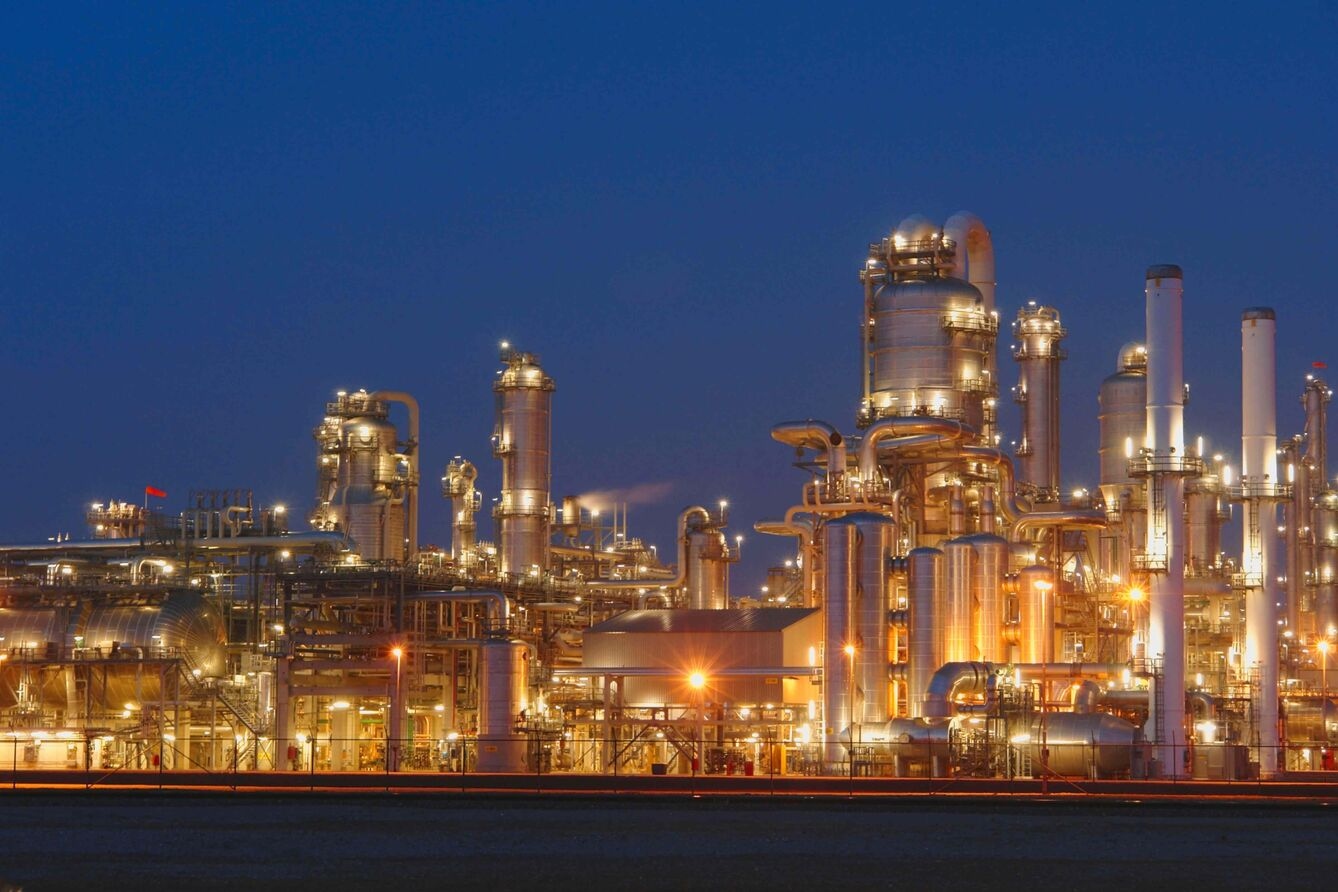Why have most Iranian oil vessels turned their AIS signal back on?
In a significant break from years of cloaked operations, Iranian crude tankers - including non-Iranian-flagged ships - are now transmitting AIS signals with rare consistency. Kpler’s latest tracking shows that only 14 out of 89 vessels carrying Iranian oil remained dark over the past 48 hours, reversing a longstanding evasion pattern.
Key takeaways:
- More than 80% of Iranian-laden tankers transmitted AIS in the past 48h - a major behavioural shift.
- The move comes just after political signalling from Washington but without clear sanctions relief in sight.
- Most plausible driver: legal positioning under revived UN sanctions and risk mitigation against seizure.
- China may be shifting its posture on US sanctions enforcement after the Rizhao Terminal listing, potentially enabling direct discharge of sanctioned vessels.
- If Chinese ports begin accepting OFAC-sanctioned ships, Iran could reduce costly STS operations, streamlining crude logistics and improving margins.
- Other reasons include a possible attempt to reassure China or deter third-party enforcement.
The timing of this shift is fuelling market speculation that sanctions relief is coming. It follows US President Donald Trump’s recent remarks in Israel’s Knesset, where he stated he would “love to remove sanctions when Iran is ready to talk.” While rhetorically notable, Kpler finds no current evidence of impending sanctions relief. Nuclear negotiations remain stalled over uranium enrichment levels, with the US maintaining its demand for zero enrichment — a condition Iran continues to reject. Direct backchannels may exist, but diplomacy remains gridlocked.
Vessels shown loading from Kharg Island

Source: Kpler
Instead, a more credible driver may be Iran’s legal positioning under the UN snapback mechanism, which reinstated pre-2015 sanctions. These reimposed measures expand the legal basis for third countries to detain or seize Iranian tankers, especially those lacking proper insurance. By reactivating AIS signals, Iran may be seeking to demonstrate cargo legitimacy: showing that vessels are transporting crude, not prohibited goods such as arms or nuclear-related materials. Enhanced visibility could be a strategic effort to reduce seizure risk by signalling compliance with maritime norms under international law.
This AIS shift could also serve as a strategic deterrent: making Iranian cargoes visible could signal that any seizure could be met with retaliatory action, particularly in the Strait of Hormuz, where Iran has previously targeted foreign tankers in tit-for-tat enforcement. While less likely, the move could also be intended as a display of resilience: a signal that US and UN sanctions are not disrupting the volume or consistency of crude exports to China, despite mounting legal and logistical pressure.
A third, subtler angle lies with China. Iran may be using AIS transparency to build political goodwill with Beijing, which, alongside Russia, opposed the UN snapback. But the move also risks exposing China diplomatically. Despite its rejection of both US and UN sanctions, China generally masks Iranian imports under third-country origins (e.g. Malaysia). Open AIS tracking could complicate Beijing’s effort to maintain plausible deniability.
Another possibility is that, following US sanctions on the Rizhao Terminal last week, China plans to no longer bow to US pressure and disregard sanctions. The US has increased pressure on vessels that handle Iranian crude this year. Over 60% of the vessels that have loaded Iranian crude in the last 12 months are now sanctioned by OFAC, having risen from 38% one year ago.
This has ramifications on the whole logistics chain as most Chinese ports won’t receive vessels sanctioned by OFAC. As a result, more Iranian crude cargoes need to be transferred to a “clean” ship before discharge, increasing the cost. If there is a change in approach from China, and all ports are able to receive sanctioned vessels, there will be no need to hide vessel locations or move the cargo between sanctioned and non-sanctioned vessels, reducing logistical costs for Iran.
Vessel laden with Iranian crude

Source: Kpler
Market insights you can trust
Kpler delivers unbiased, expert-driven intelligence that helps you stay ahead of supply, demand, and market shifts.
Trade smarter. Request access to Kpler today.

Uncover risks before regulators do
See Kpler's Risk & Compliance insights in action.









